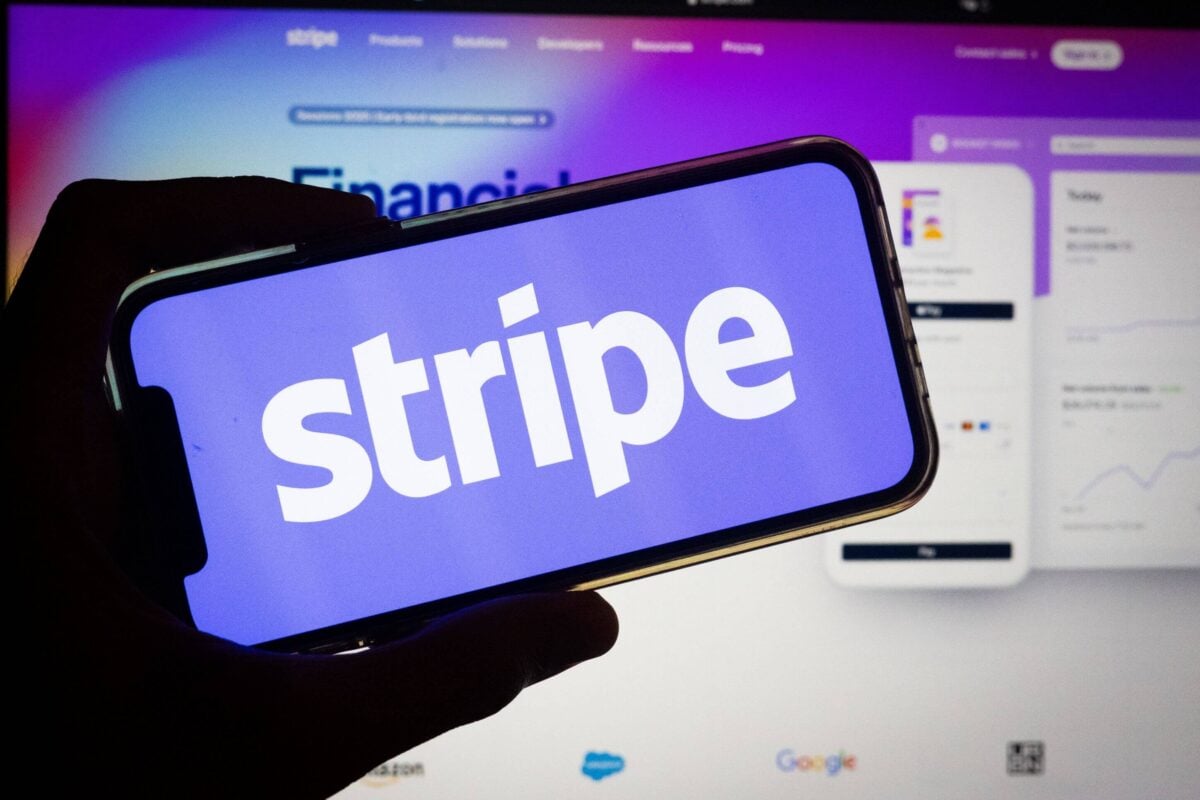TLDR
- JPMorgan analysts predict Stripe could access a $350 billion market by 2030 through AI commerce and digital payment infrastructure
- Stripe processes over $1.4 trillion in payments annually across 195 countries and became profitable in 2024 with $5.1 billion in net revenue
- The company acquired Bridge (stablecoin platform) and Privy (crypto wallet provider) to expand into crypto infrastructure
- Stripe is developing Tempo, a Layer-1 blockchain for high-throughput payments that raised $500 million at a $5 billion valuation
- JPMorgan warns of risks including enterprise expansion challenges, business unbundling, and stablecoin regulatory uncertainty in the US and Europe
Stripe is making moves into both artificial intelligence commerce and crypto infrastructure. JPMorgan analysts believe these efforts could open up a market worth more than $350 billion by 2030.
JUST IN: JPMorgan says Stripe’s ‘twin revolutions’ in AI and money movement could unlock a $350 billion market. pic.twitter.com/IhShga6TNj
— Crypto Alt King (@CryptoAltKing) October 23, 2025
The payment processing company handled $1.4 trillion in transactions last year. It operates in 195 countries and turned profitable in 2024. Net revenue reached $5.1 billion, up 28% from the previous year.
JPMorgan analysts Jon Hacunda, Lula Sheena, and Celal Sipahi published their report on Thursday. They said Stripe has an early advantage with AI startups. This positions the company well as AI-driven commerce grows.
The analysts called Stripe “a beneficiary of borderless financial services.” They believe the company’s work with AI companies gives it a structural edge in what they call “agentic commerce.”
Crypto Acquisitions and Blockchain Development
Stripe has been building its crypto capabilities through purchases. The company bought Bridge, a stablecoin orchestration platform. It also acquired Privy, which provides crypto wallet services.
The fintech firm is also creating Tempo, a new blockchain designed for payments. Stripe built Tempo in partnership with Paradigm. The network focuses on high-throughput financial transactions.
Stripe CEO Patrick Collison described Tempo as “the payments-oriented L1, optimized for real-world financial-services applications.” Last week, Tempo announced it raised $500 million. The funding valued the blockchain at $5 billion.
Market Position and Growth Strategy
JPMorgan’s analysis suggests Stripe is preparing for a future where AI agents, stablecoins, and programmable money become standard in global commerce. The company’s infrastructure investments aim to support these technologies.
The payment processor’s early relationships with AI companies could prove valuable. As artificial intelligence tools begin handling more commercial transactions, Stripe’s existing integrations may give it an advantage.
The analysts described the opportunity as “twin revolutions in intelligence and money movement.” This refers to both the growth of AI commerce and the expansion of digital payment methods.
Regulatory and Business Challenges
JPMorgan identified several risks facing Stripe. Enterprise expansion presents one challenge as the company grows its business customer base. Business unbundling could also affect operations.
Regulatory concerns rank high on the risk list. Stablecoin oversight in the United States remains unclear. European MiCA rules add another layer of compliance requirements.
Tempo raised $500 million at a $5 billion valuation last week, marking the most recent development in Stripe’s crypto infrastructure expansion.






